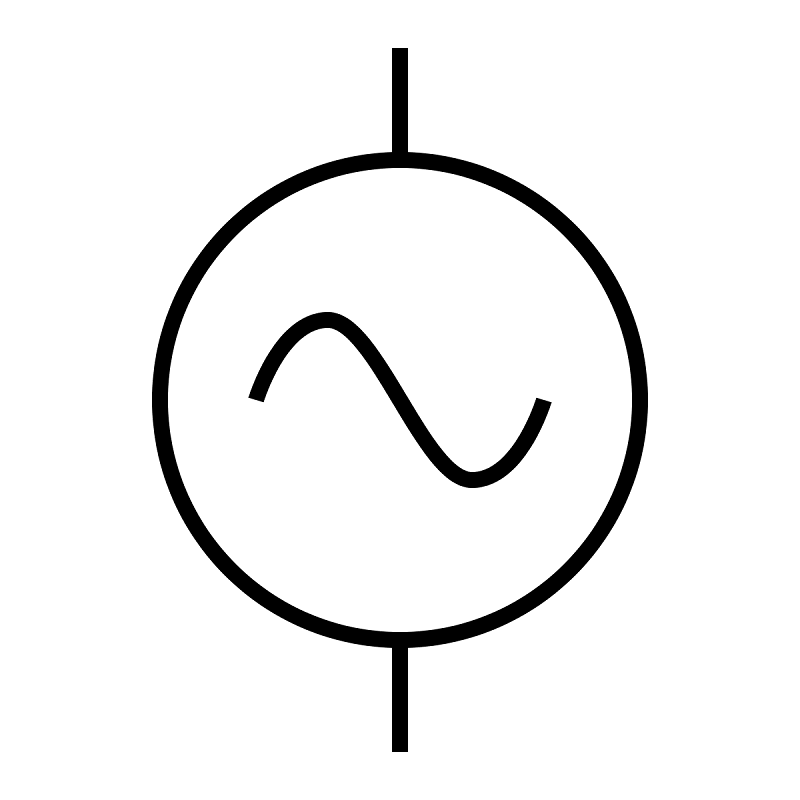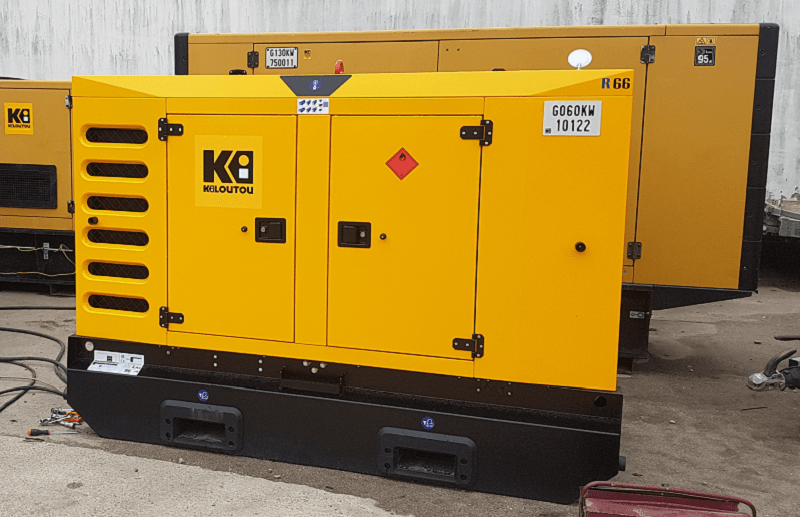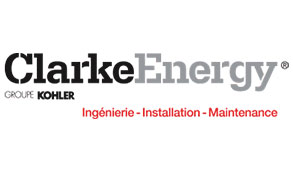Alternating current: what is it for?

An electric current that changes direction cyclically
Alternating current is an electric current that changes direction.
In fact, a current is said to be “alternating” when circulates alternately in one direction and then in the other at regular intervals called “ cycles ”.
It is produced by the rotation of an alternator . This is the case for example in power plants. Electricity is produced by a turbine and an alternator.
A current defined by a frequency (HZ)
A periodic alternating current is characterized by its frequency, measured in hertz (Hz). It’s the number of round trips made by the electric current in one second . The most widely used form of alternating current is sinusoidal current , primarily for the commercial distribution of electrical energy.
We must distinguish:
- The purely alternative currents whose average value (DC component) is zero, which can supply a transformer without danger.
- The alternating current with non-zero direct component which cannot under any circumstances supply a transformer
A range of alternating current load banks
METAL DEPLOYE RESISTOR therefore offers tailor-made load banks that allow testing of all types of equipment offering direct current : inverters, UPS …
Coupling to a load bank offers the possibility of:
- testing the generator
- validating its power,
- cleaning it regularly,
- ballasting it, according to its use.
Load banks:
- extend the life of equipment,
- also and above all guarantee safety!
The METAL DEPLOYE RESISTOR team , supports you by designing the load bank adapted to your precise voltages and amperages.






















